| Travel Photos Home Page |
Ragusa and Noto, Italy 2018
|
|||||
|
The Baroque Towns of Sicily
|
||||||
|
To return to the Paintings section of this website, please CLICK HERE
|
|||
 |
|||||
| Ragusa. Looking towards Ibla. | Ragusa and Noto are known as two of the "Baroque Towns" of Sicily. They are called that because of a devastating earthquake which shook South Eastern Sicily in the 17th Century, causing huge destruction and loss of life, and prompting the rebuilding of many towns in this region in what was then the current Baroque style of srchitecture.
Wikipedia explains: "The 1693 Sicily earthquake struck parts of southern Italy near Sicily, Calabria, and Malta on January 11 at around 21:00 local time. This earthquake was preceded by a damaging foreshock on January 9. It had an estimated magnitude of 7.4 on the moment magnitude scale, the most powerful in Italian history, and a maximum intensity of XI (Extreme) on the Mercalli intensity scale, destroying at least 70 towns and cities, seriously affecting an area of 5,600 square kilometres (2,200 sq mi) and causing the death of about 60,000 people. The earthquake was followed by tsunamis that devastated the coastal villages on the Ionian Sea and in the Straits of Messina. Almost two thirds of the entire population of Catania were killed. The epicentre of the disaster was probably close to the coast, possibly offshore, although the exact position remains unknown. The extent and degree of destruction caused by the earthquake resulted in extensive rebuilding of the towns and cities of southeastern Sicily, particularly the Val di Noto, in a homogeneous late Baroque style, described as "the culmination and final flowering of Baroque art in Europe". |
||||
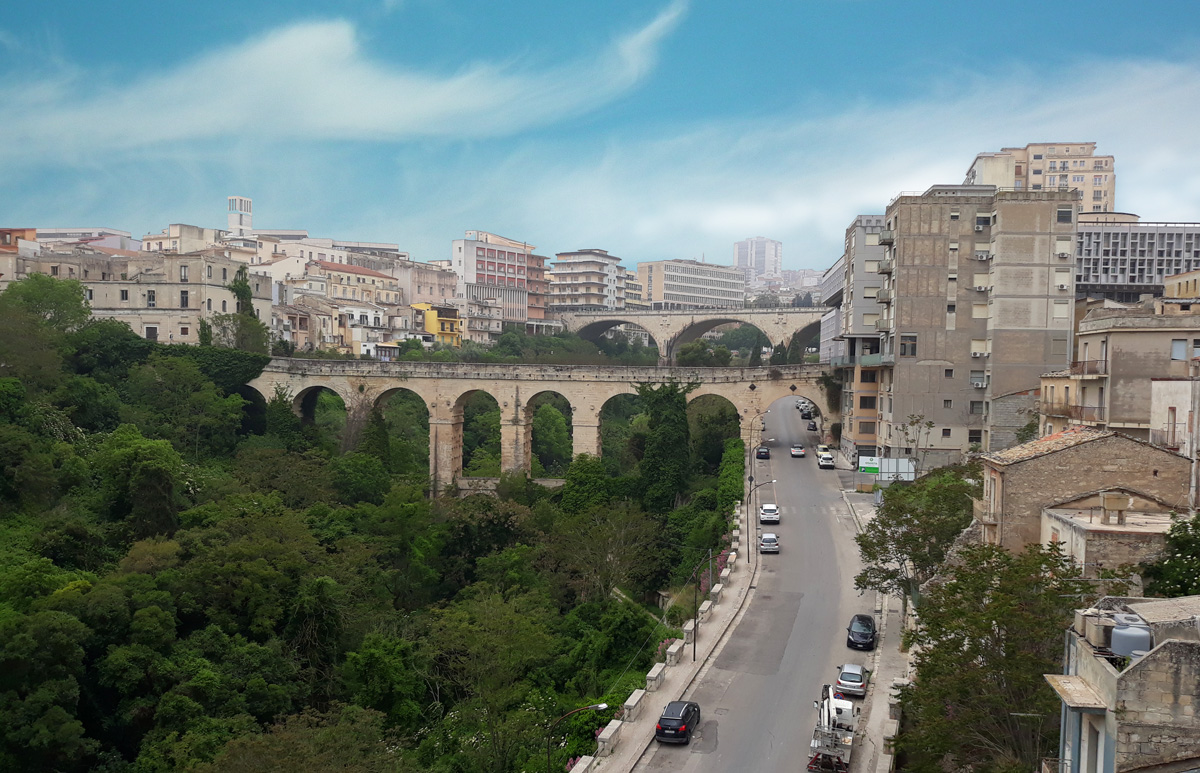 |
|||
| Ragusa is divided into two distinct parts: the upper town, which is modern; and Ibla, which is now a UNESCO Heritage Site. The photo above is of the Upper Town.
Most of the tourist action is in Ibla. The train station is in the modern town. There is a valley between the two parts of Ragusa. |
|||
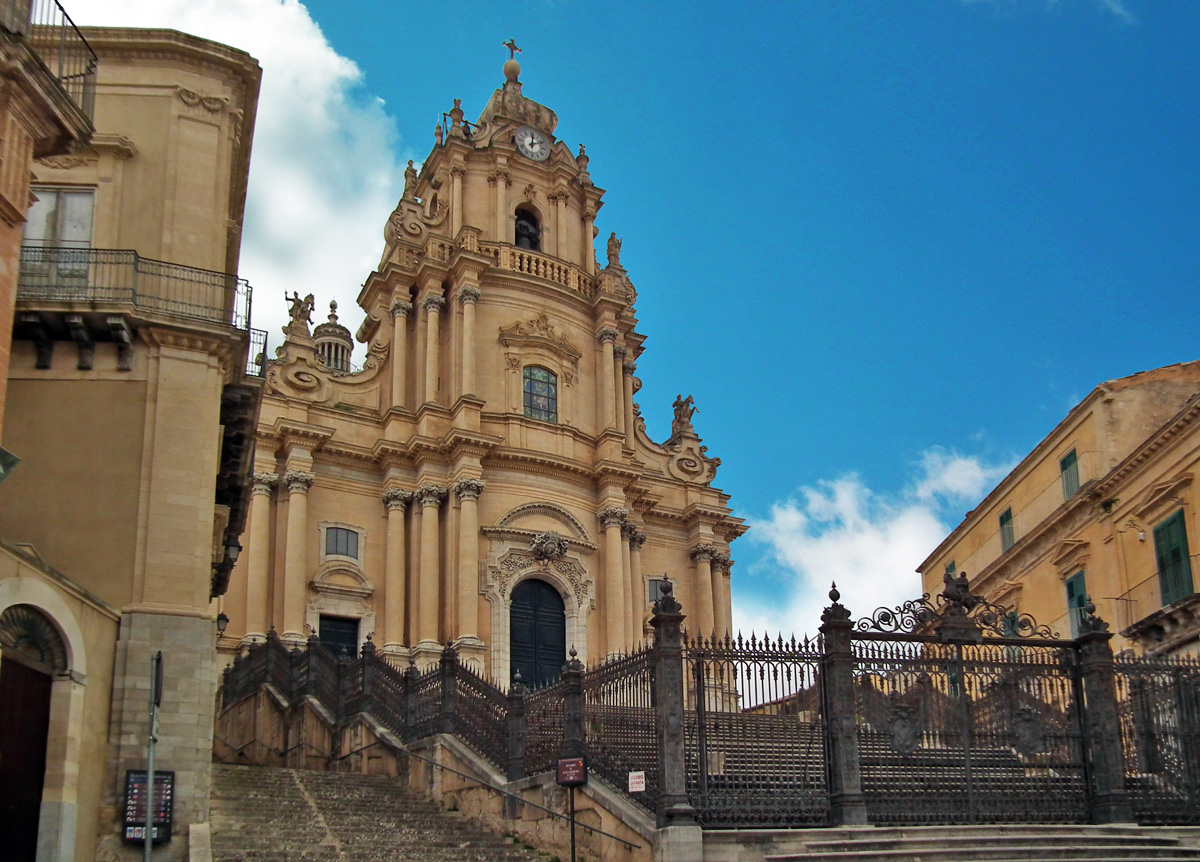 |
|||
| The Cathedral of Ragusa, in Ibla. | |||
 |
|||
| The interior of the Cathedral. | |||
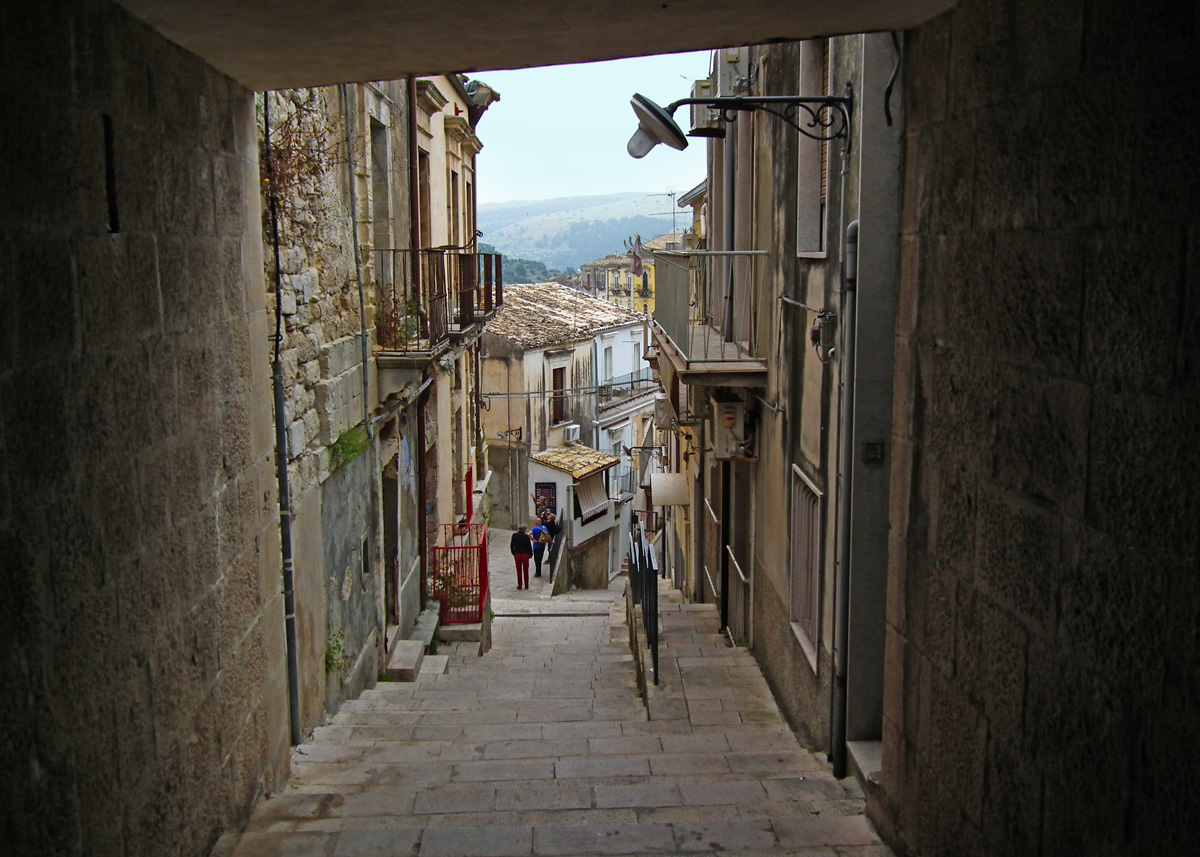 |
|||
| It is a very good idea to wear sensible walking shoes while exploring Ibla. The old streets are hardly ever horizontal. One is almost always either climbing up or descending rapidly. This is a great way to keep fit! | |||
 |
|||
| Like Cartier Bresson, the famous photographer, I waited for several hours until the little dog was in JUST the right position. (Just kidding. Thank goodness for digital photography.) | |||
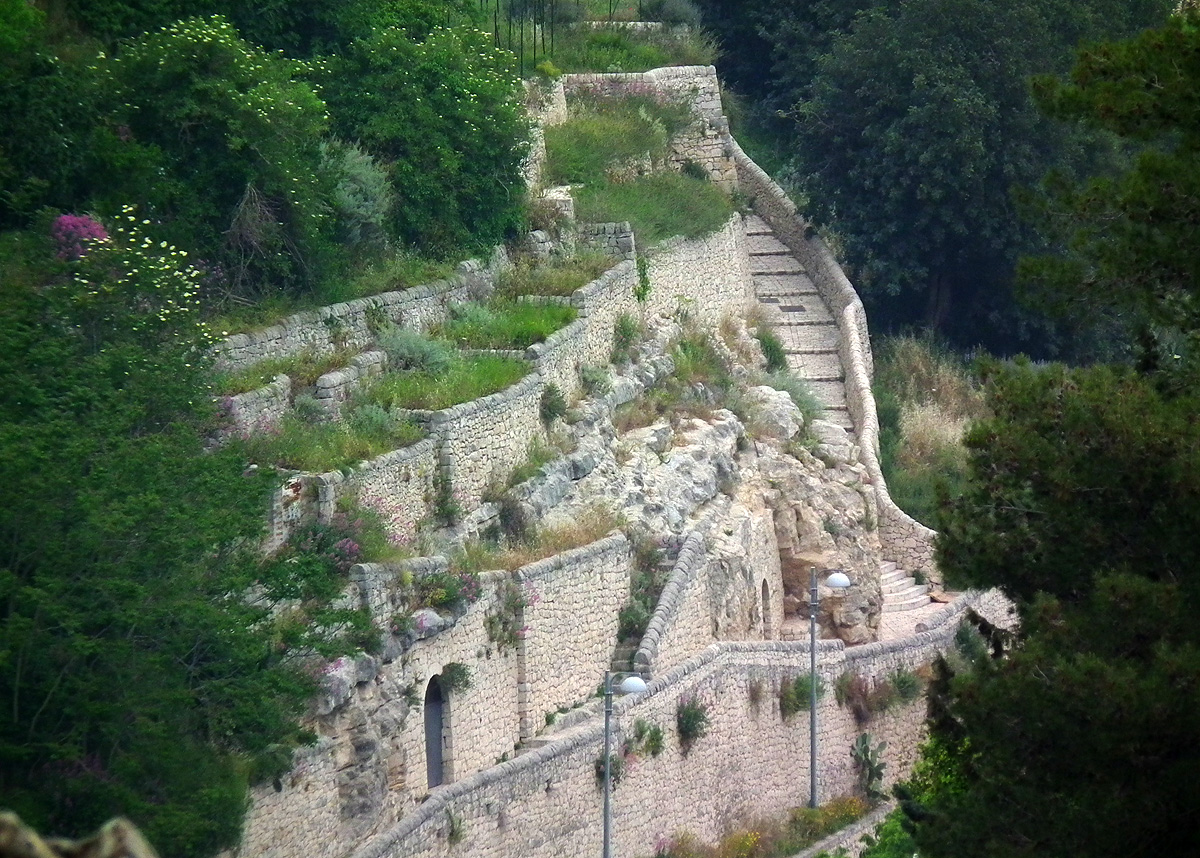 |
||
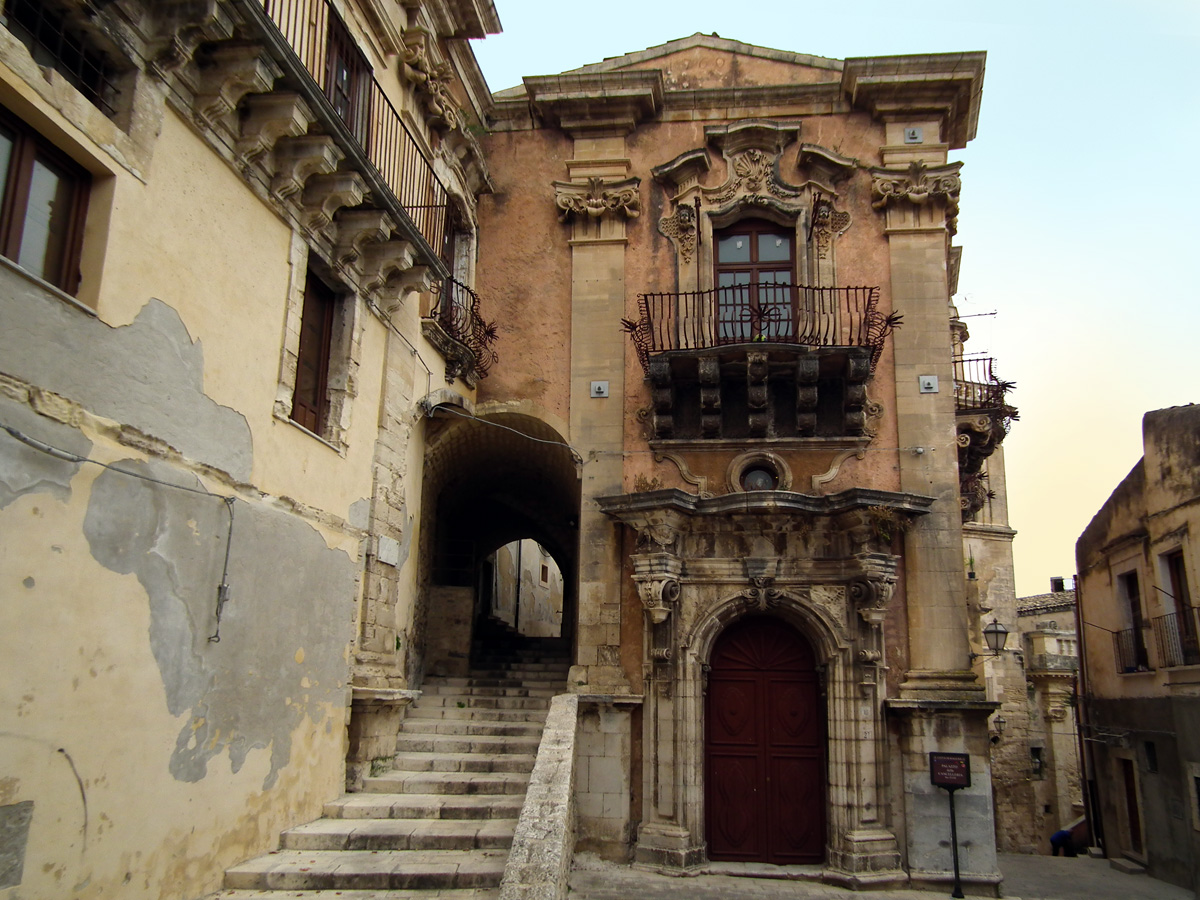 |
|||
| Many of the buildings in Ragusa were grand Baroque Palazzos in their heyday. | |||
 |
||
 |
||
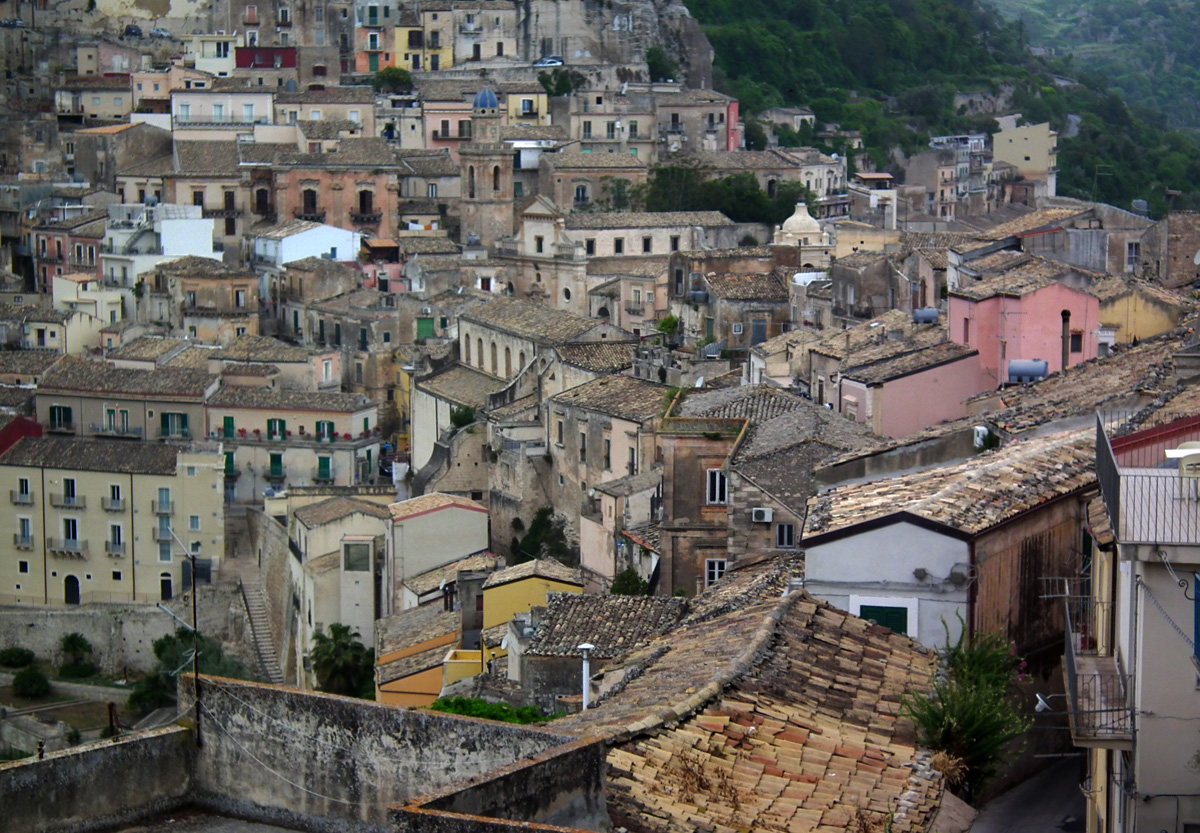 |
||
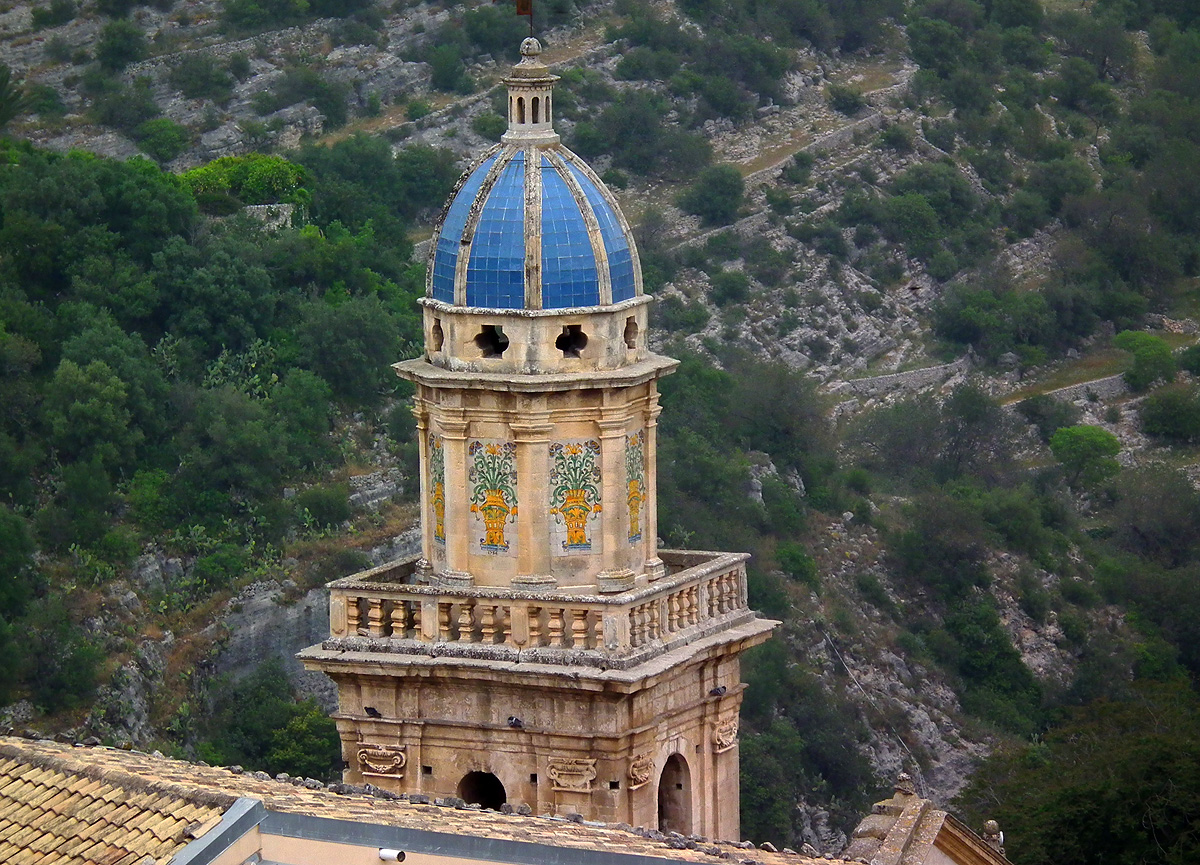 |
||
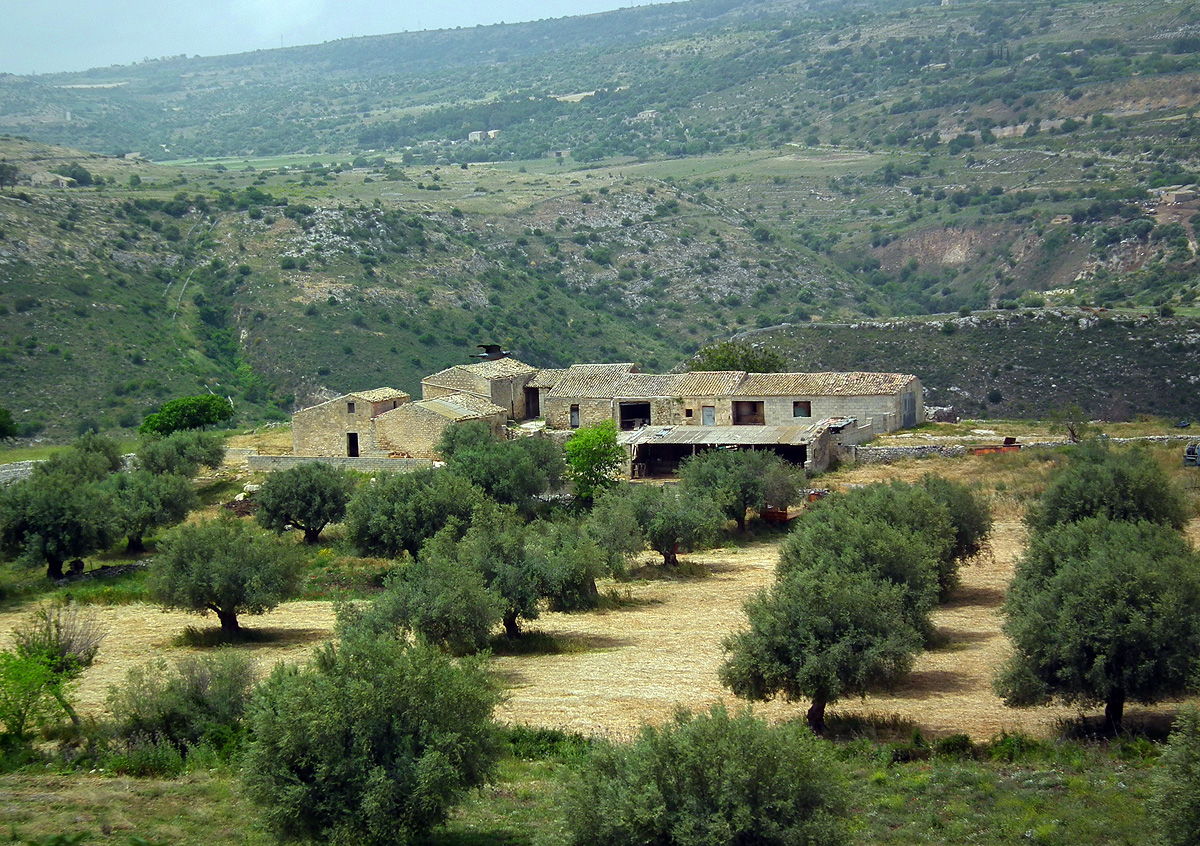 |
|||
| I travelled mostly by train from Siracusa to Ragusa and Noto, with an occasional journey on a bus. This farmhouse was snapped from the train somewhere between Ragusa and Noto. | |||
 |
|||
| Noto.
The Corso Vittorio Emanuele (seen below) is the main tourist street of Noto. Most of the buildings worth seeing are here or close by. Noto is a small town but it has quite a bit to offer the tourist. It also has the reputation of being a very friendly town. |
|||
 |
|||
| The facade of the Cathedral of Noto. | |||
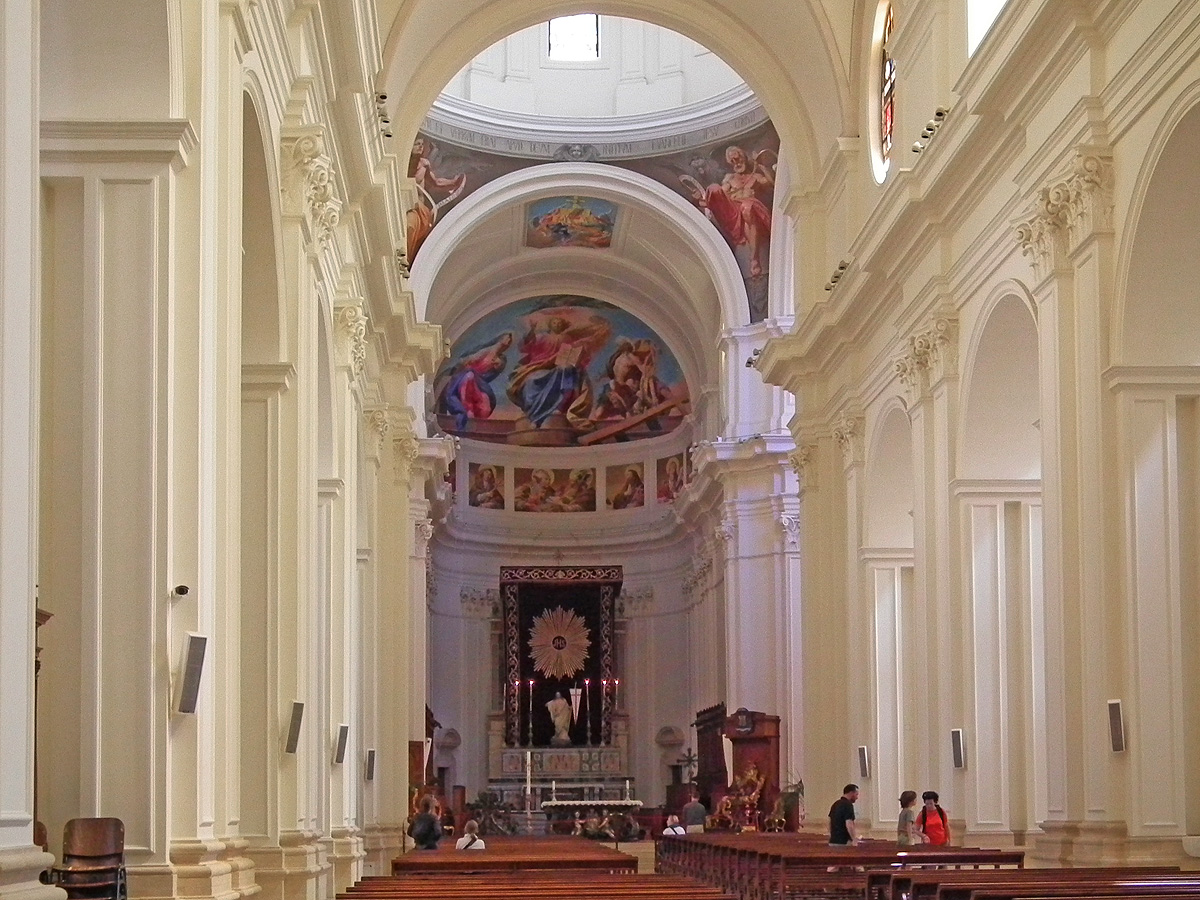 |
|||
| The Nave and Apse of the Cathedral of Noto. | |||
 |
|||
| A Baroque version of the Christ Pantocrator in the Cathedral of Noto. | |||
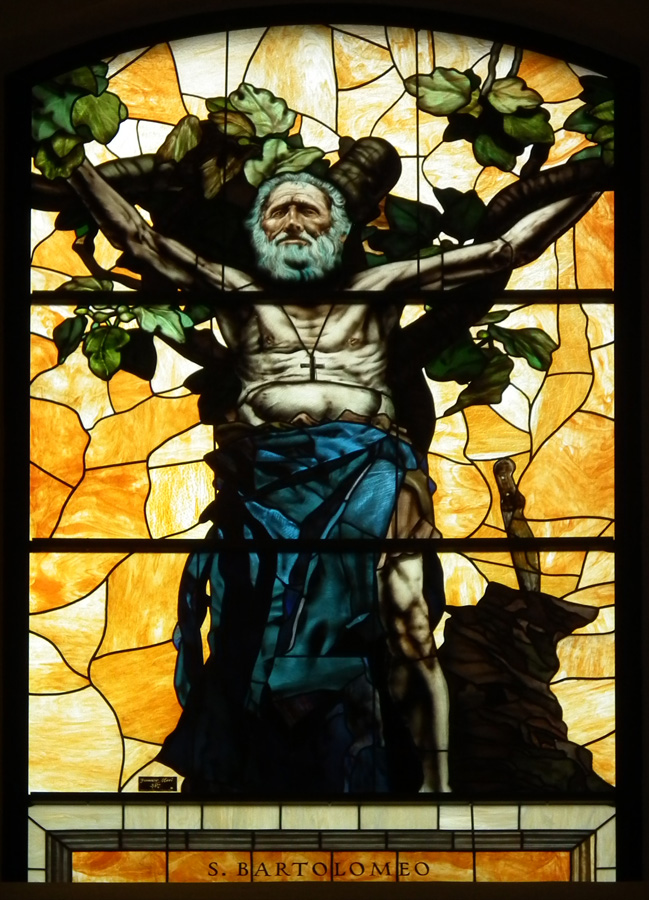 |
||||
| A modern stained glass window of Saint Bartholomew in the Cathedral. | ||||
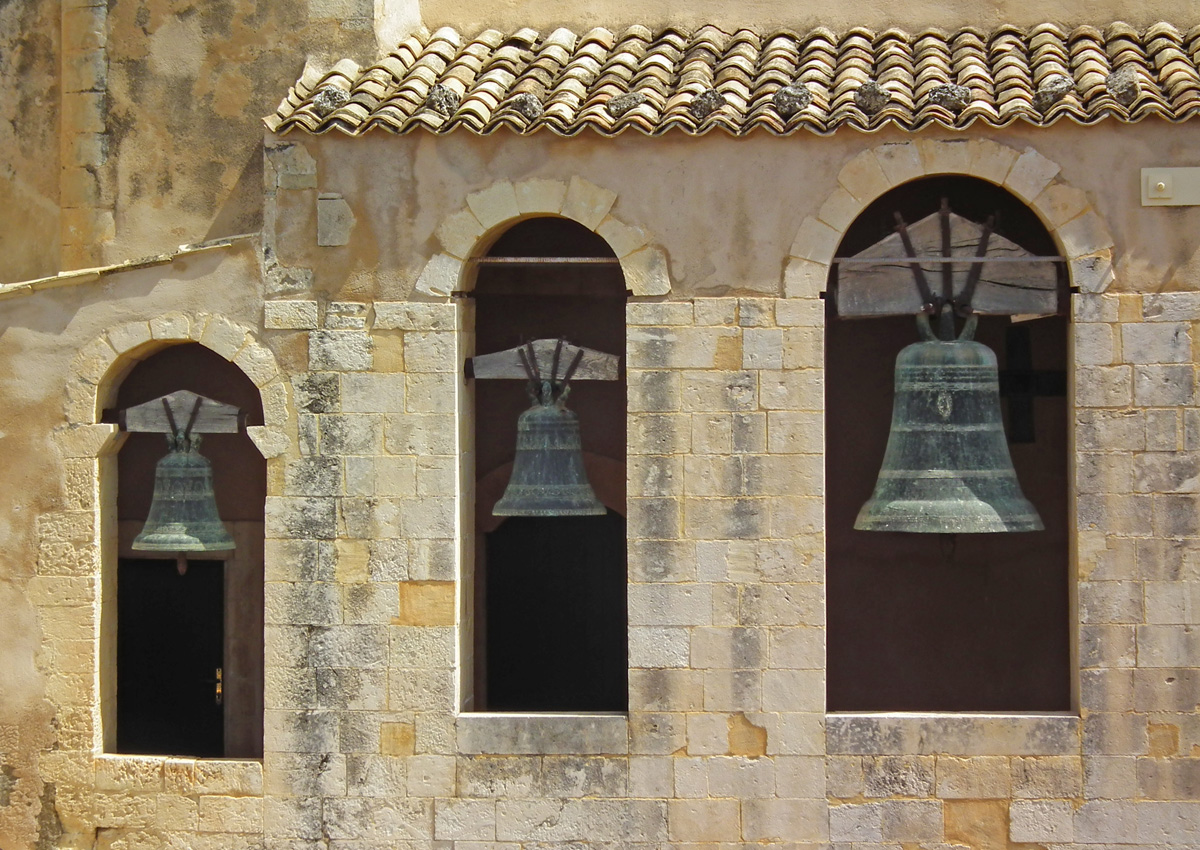 |
|||
| Three bells on the Corso Vittorio Emanuele. | |||
 |
|||
| A side street, looking South towards the Corso Vittorio Emanuele. | |||
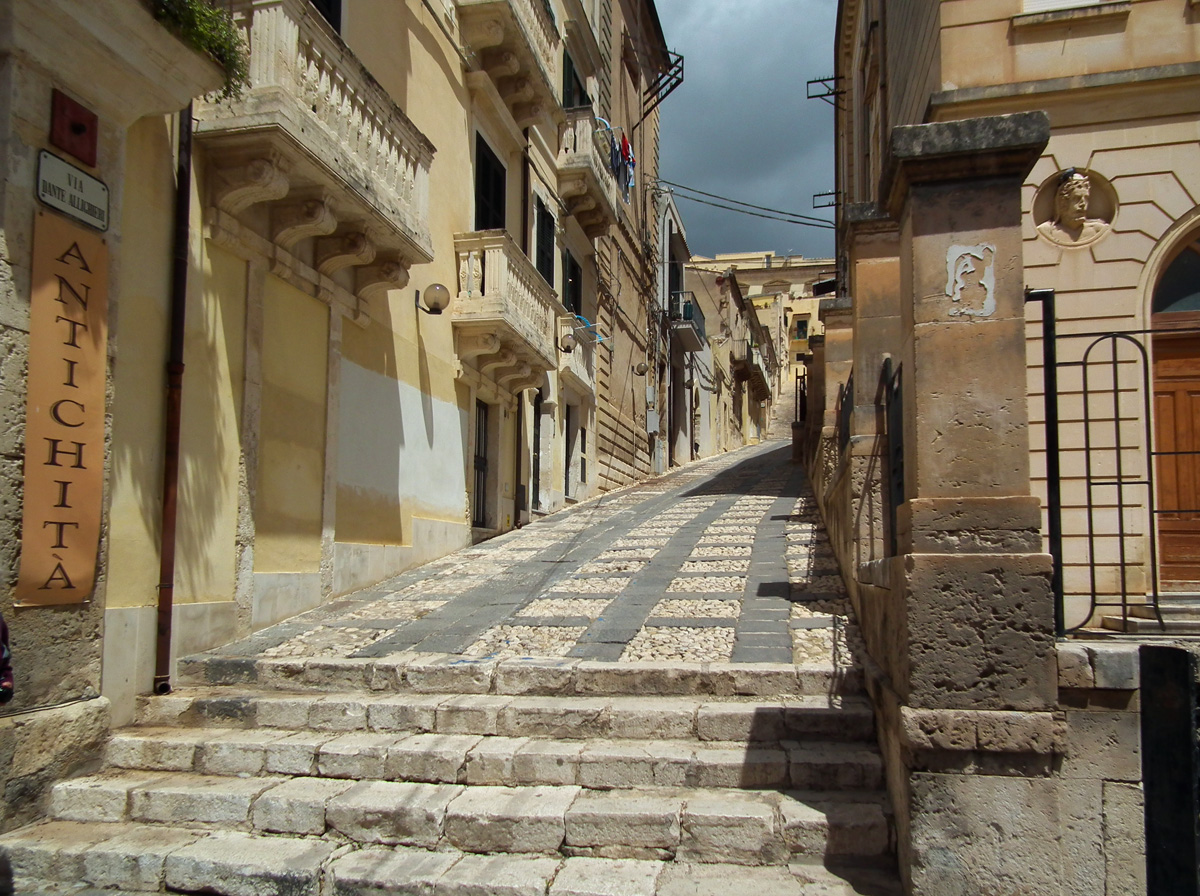 |
||
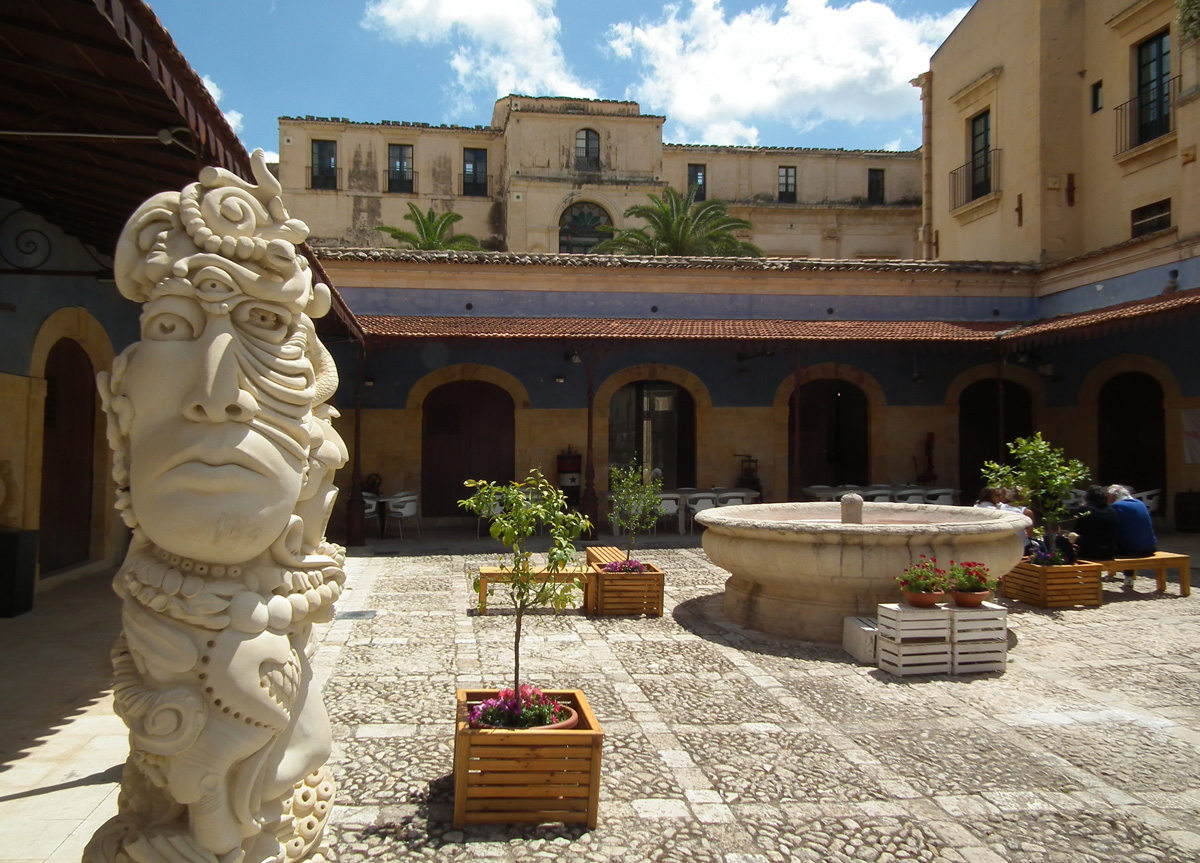 |
||
 |
||
 |
||
 |
||
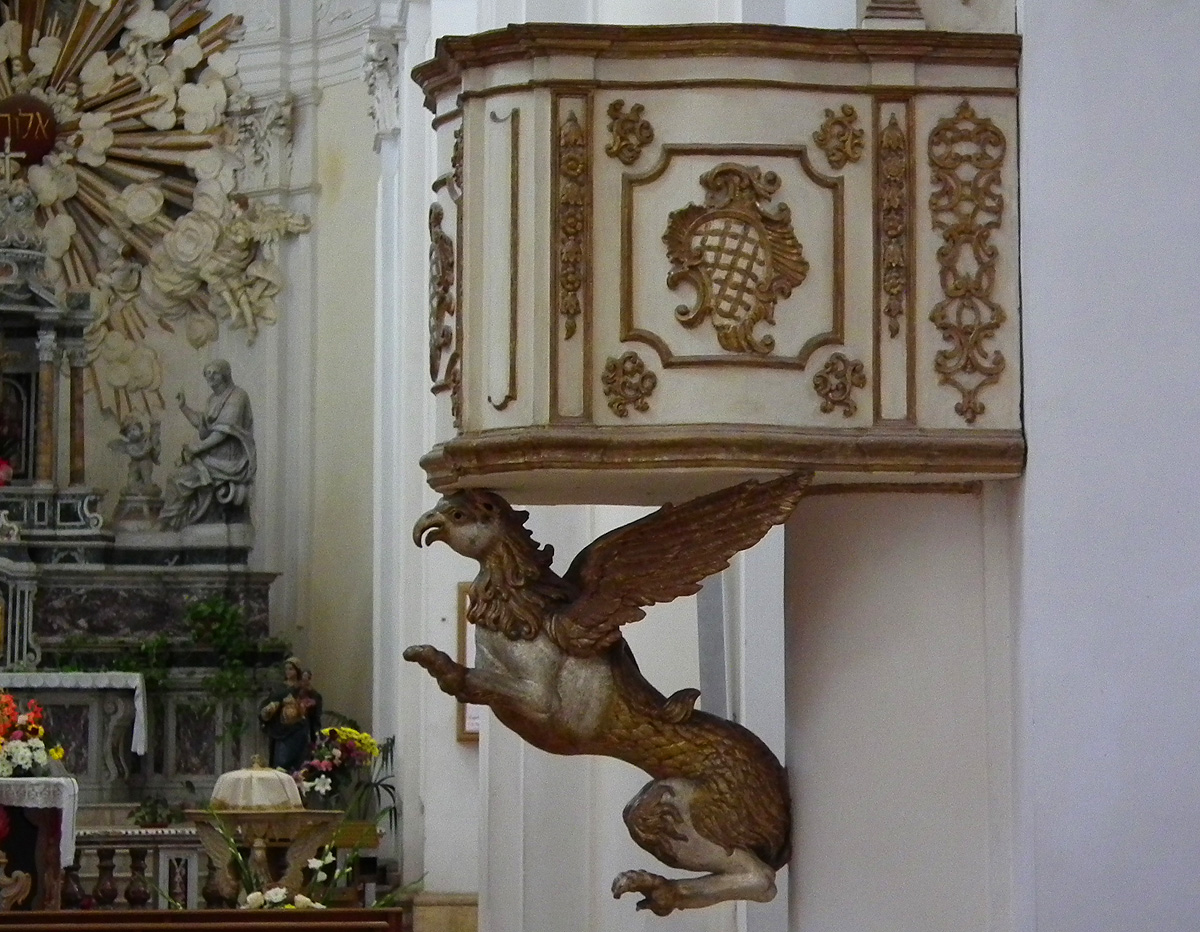 |
|||
| This griffen, holding up the pulpit, is in the Church of San Carlo. | |||
 |
|||
| The organ in the Chiesa di San Carlo. | |||
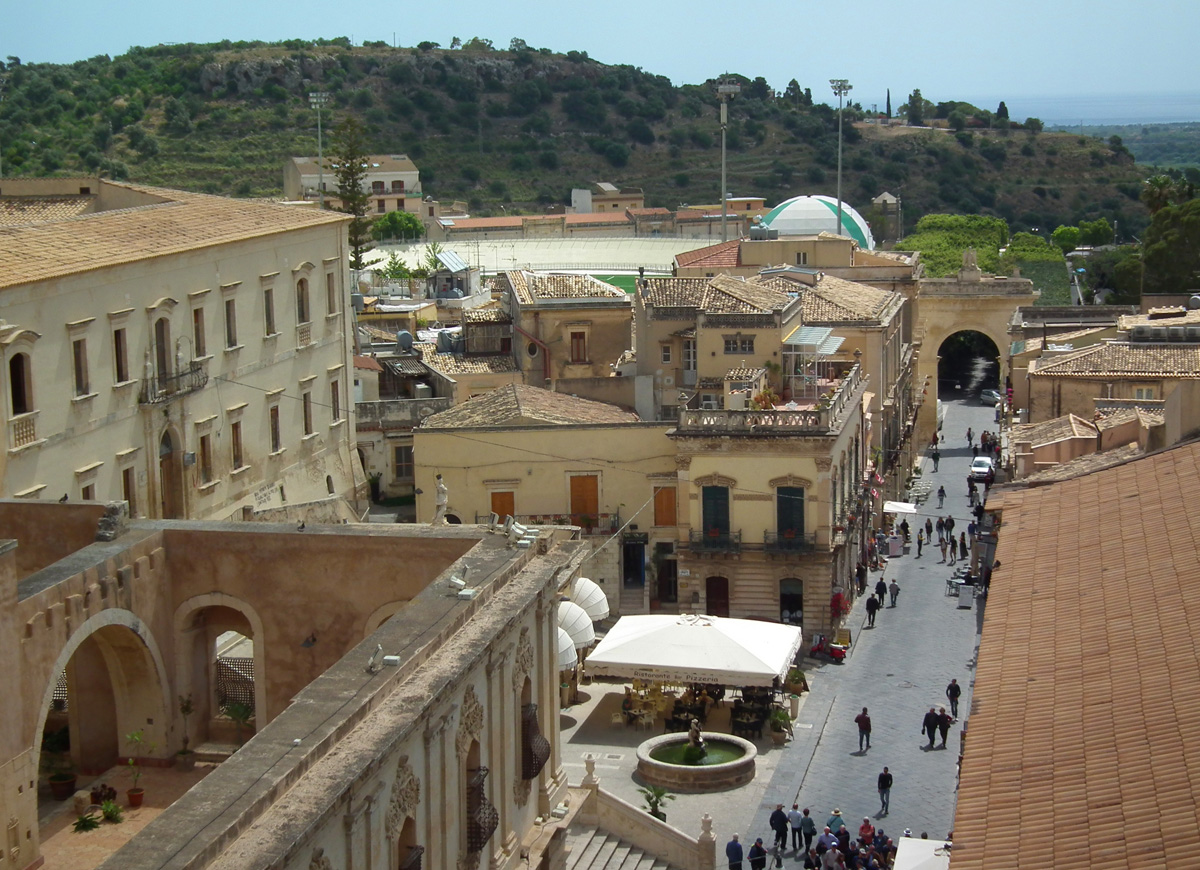 |
|||
| The Arch on the right of the photo marks one end of the Corso Vittorio Emanuele, and is a fitting place to end our visit to Noto, one of the Baroque Towns of Sicily.
There are books written by Andrea Camilleri about a Sicilian detective inspector called Salvo Montalbano. The stories are set in the imaginary town of Vigata in Sicily. A TV series based on those books was filmed on locations scattered throughout the Baroque Towns of Sicily. If you are a fan of the TV series, some of the images on this page may seem strangely familiar. |
|||
|
To return to the Paintings section of this website, please CLICK HERE
|
|||